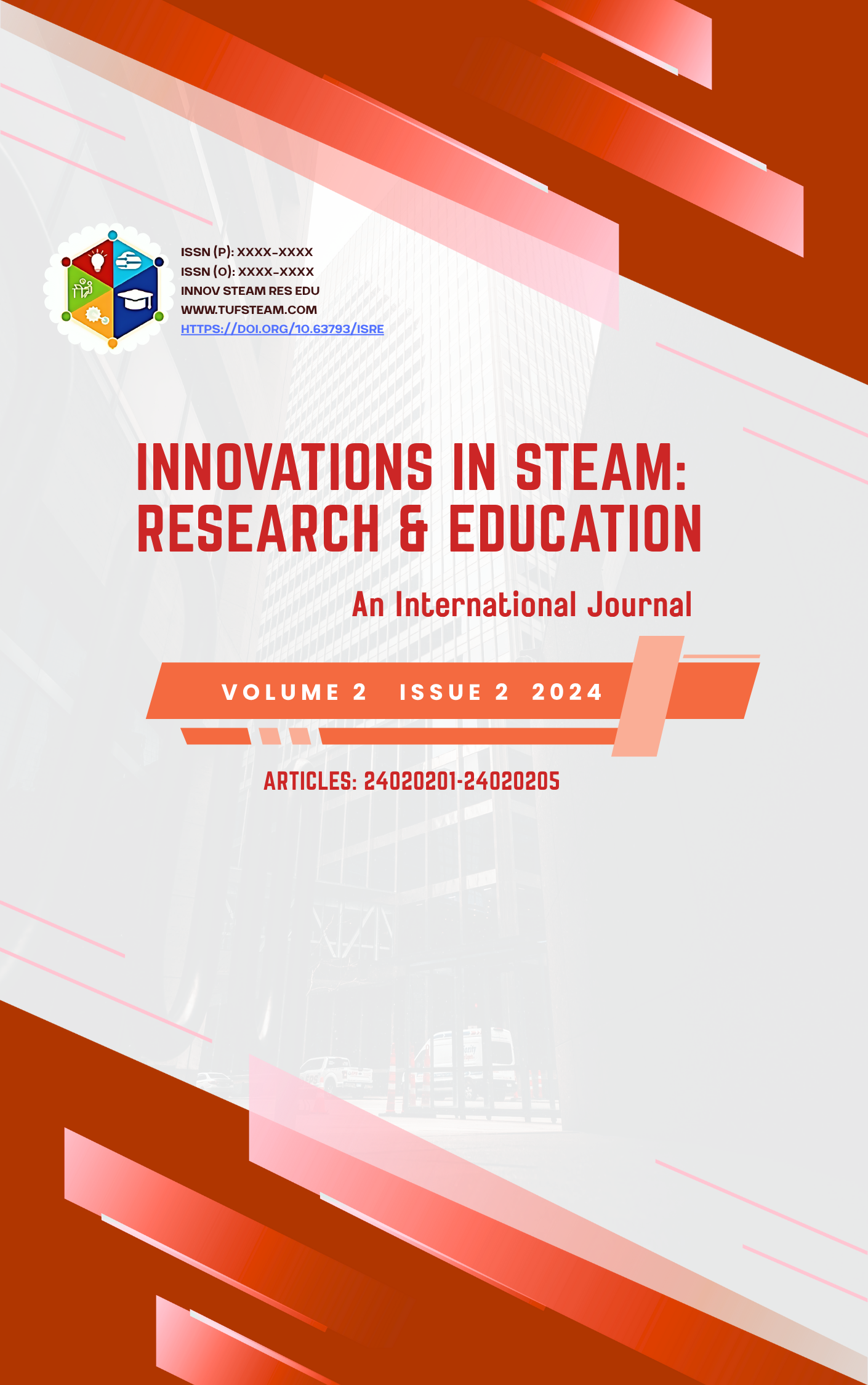Comparative Proximate Composition of Selected Cultivars of Bitter gourd (Momordica charantia) Fruit through its Flour Formation
DOI:
https://doi.org/10.63793/ISRE/0016Abstract
The proximate analysis is crucial to ascertain more desirable cultivar with abundant chemical constituents to be used against numerous diseases. In the present study, proximate composition of six cultivars of bitter gourd (Momordica charantia L.) viz., Black King, GHBG-1, KHBG-1, FSD Long, BG 20, and Noor were explored. The whole fruit (with peel and seeds), and skin, flesh, seeds were dried separately and grind to obtain fine flour. The high moisture contents were observed in flesh part of cultivar BG 20 (9.07±0.55%) while the least moisture contents were found in seeds of GHBG-1 (5.20±0.30%). The flesh part is rich in ash and protein contents. The least protein contents were observed in the seeds of KHBG-1 with value of 9.06 %. Different cultivars of bitter gourd and fruit parts showed significant differences regarding crude fat contents. The maximum crude fiber contents (%) were observed in seeds of different cultivars i.e., 21.42 (BG 20), 19.07 (Black King), 18.89 (Noor), 18.7 (GHBG-1), 17.11(KHBG-1), and 16. 51 (FSD Long). The skin part highest amount of NFE (72.34 (BG 20), 67.6 (Black King), 61.09 (FSD Long), 69.76 (KHBG-1), 58.0 (GHBG-1), and 57.28 (Noor)) followed by flesh part (70.29, 65.27, 56.62, 68.25, 56.82, and 56.13%, respectively).
Key words
Bitter gourd, chemical composition, flour, skin, flesh, seeds
Downloads
Published
How to Cite
Issue
Section
License
Copyright (c) 2025 TUF

This work is licensed under a Creative Commons Attribution 4.0 International License.
Innovations in STEAM: Research & Education © 2023 by TUF is licensed under Creative Commons Attribution 4.0 International










